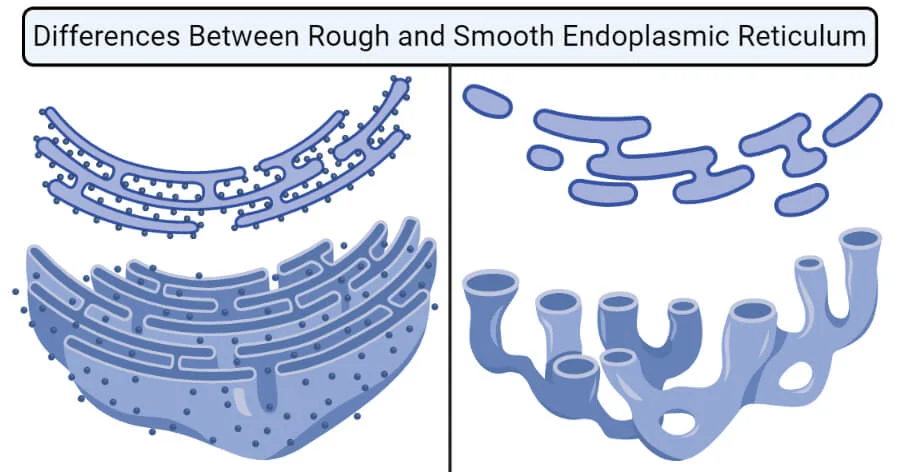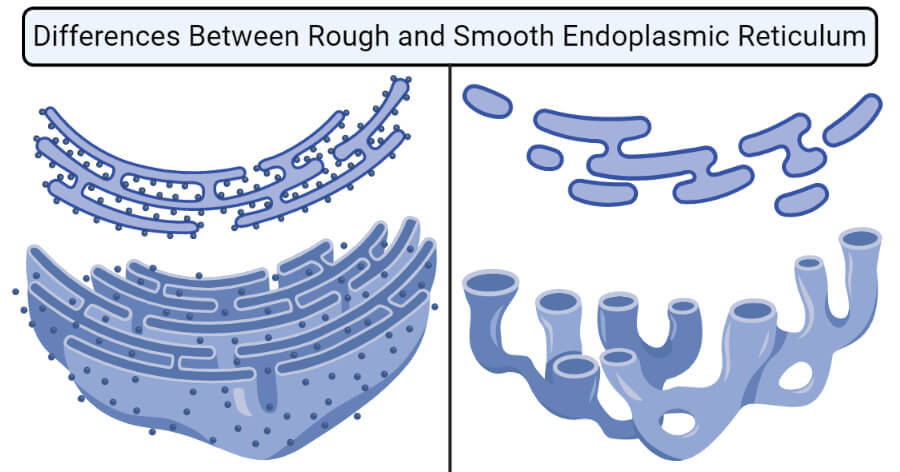19. membrane - limited organelles. endoplasmic reticulum. annulate lamellae
1/5
There's no tags or description
Looks like no tags are added yet.
Name | Mastery | Learn | Test | Matching | Spaced |
|---|
No study sessions yet.
6 Terms
membrane limited organelles
endoplasmic reticulum - smooth and rough
annulate lamellae
golgi apparatus
secretory vesicles - granules
lysosomes
peroxisomes - microbodies
mitochondria
nucleus
endoplasmic reticulum
Structure: This network, known as the endoplasmic reticulum (ER), extends from the surface of the nucleus and consists of a series of interconnected channels and flattened sacs called cisternae and vacuoles.
Chemical Composition: The membrane of the ER is composed of approximately 60-65% proteins and 35-40% lipids.
Surrounding Membrane: The entire ER is enclosed by a continuous biomembrane, which separates its internal space (lumen) from the cytoplasm.
Modifications: The endoplasmic reticulum exists in two forms:
Rough ER: Studded with ribosomes on its surface, it is primarily involved in protein synthesis and modification.
Smooth ER: Lacks ribosomes and is involved in lipid synthesis, detoxification processes, and calcium storage.
rER
Structure: The rough endoplasmic reticulum is composed of cisternae—flattened, membrane-bound sacs. Its cytoplasmic surface appears basophilic (stains strongly with basic dyes) due to the presence of ribosomes attached to its surface, which give it a "rough" appearance.
Functions:
Protein Synthesis: Messenger RNA (mRNA) is transcribed in the nucleus and transported to ribosomes on the surface of the rER. The ribosomes synthesize proteins by assembling amino acid chains. These chains are then translocated into the cisternal space of the rER, where they continue to grow until the protein is complete.
Protein Folding and Modifications: Once a protein is synthesized, it undergoes folding and post-translational modifications within the cisternae. Chaperone proteins and enzymes assist in this process, ensuring that only correctly folded proteins proceed to the Golgi apparatus or cell membrane.
Additional Roles: The rER is also involved in the synthesis of lysosomal enzymes and the production of secreted and integral membrane proteins.
sER
Structure: The smooth endoplasmic reticulum is composed of tubular cisternae and lacks ribosomes on its surface, distinguishing it from the rough endoplasmic reticulum.
Functions:
Lipid Synthesis: The sER is involved in the synthesis of various lipids, including phospholipids and steroid hormones.
Phospholipid Transport: Phospholipids synthesized in the sER are distributed to other membranes through several mechanisms:
Direct Communication with RER: The sER can transfer phospholipids directly to the rough ER.
Vesicular Transport: Phospholipids are transported via vesicles that move along the cytoskeleton and fuse with other membranous organelles.
Phospholipid Transfer Proteins: Specific proteins facilitate the transfer of phospholipids between different membranes.
Carbohydrate Metabolism: The sER plays a role in carbohydrate metabolism, including the breakdown and synthesis of glycogen.
Calcium Regulation: The sER regulates calcium ion concentration in muscle cells, which is essential for muscle contraction and relaxation.
annulate lamellae
Structure: Annulate lamellae consist of stacks of flat, membranous cisternae, which are characterized by the presence of numerous pore complexes embedded in their membranes.
Relationship with ER and Nuclear Envelope: They are considered to be extensions or remnants of the rough endoplasmic reticulum (rER) cisternae and are an intermediate structure between the ER and the nuclear envelope.
Origin: Annulate lamellae are thought to originate from the nuclear envelope, indicating a connection between these structures.
Abundance: These structures are notably present in human oocytes (egg cells), spermatozoa, and certain tumor cells.
Function: The precise function of annulate lamellae is not fully understood. Some biologists propose that they may serve as attachment sites for stored RNA or play roles in RNA processing or storage.
diagram

